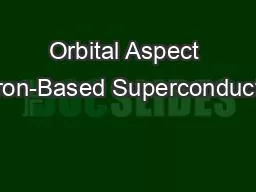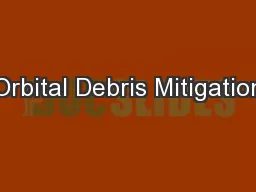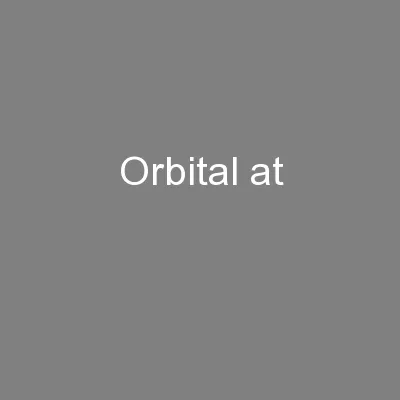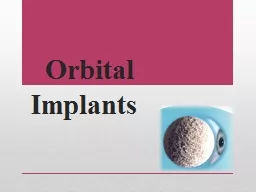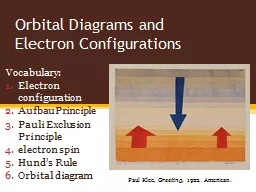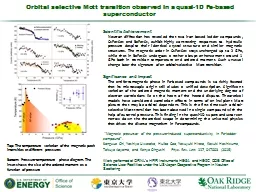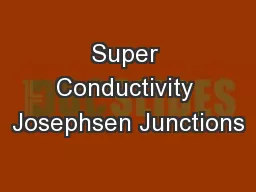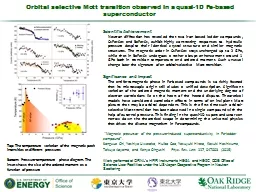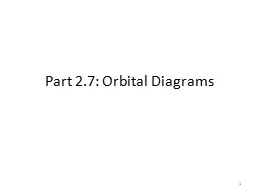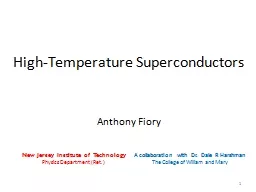PPT-Orbital Aspect of Iron-Based Superconductors
Author : fluental | Published Date : 2020-06-16
WeiCheng Lee Department of Physics University of Illinois at UrbanaChampaign More is Different Statistics Degrees of freedom to specify a single electron Spin
Presentation Embed Code
Download Presentation
Download Presentation The PPT/PDF document "Orbital Aspect of Iron-Based Superconduc..." is the property of its rightful owner. Permission is granted to download and print the materials on this website for personal, non-commercial use only, and to display it on your personal computer provided you do not modify the materials and that you retain all copyright notices contained in the materials. By downloading content from our website, you accept the terms of this agreement.
Orbital Aspect of Iron-Based Superconductors: Transcript
Download Rules Of Document
"Orbital Aspect of Iron-Based Superconductors"The content belongs to its owner. You may download and print it for personal use, without modification, and keep all copyright notices. By downloading, you agree to these terms.
Related Documents

